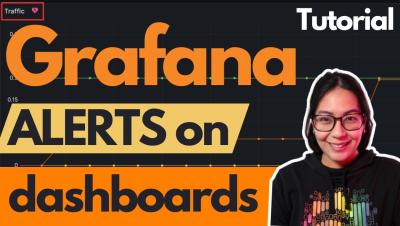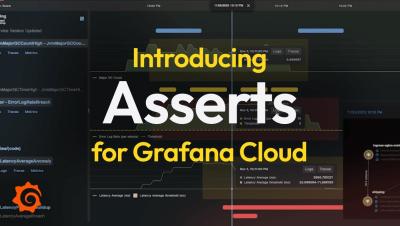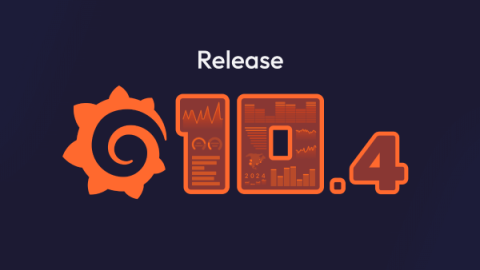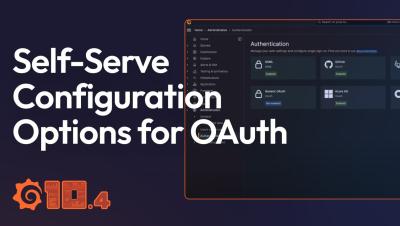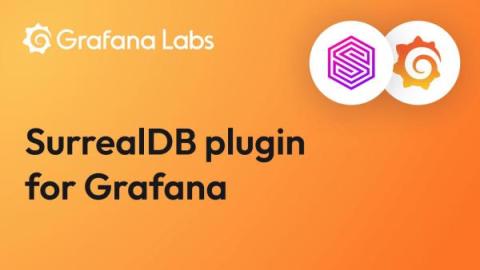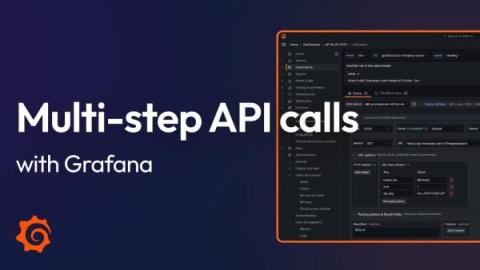How to Display Grafana Alerts to Your Dashboards | Grafana
💡 Did you know you can display Grafana alerts on your dashboards? Join Senior Developer Advocate Marie Cruz in this quick tutorial to learn how to configure a Grafana alert and link it to your dashboard and panel. ☁️ Grafana Cloud is the easiest way to get started with Grafana dashboards, metrics, logs, and traces.


